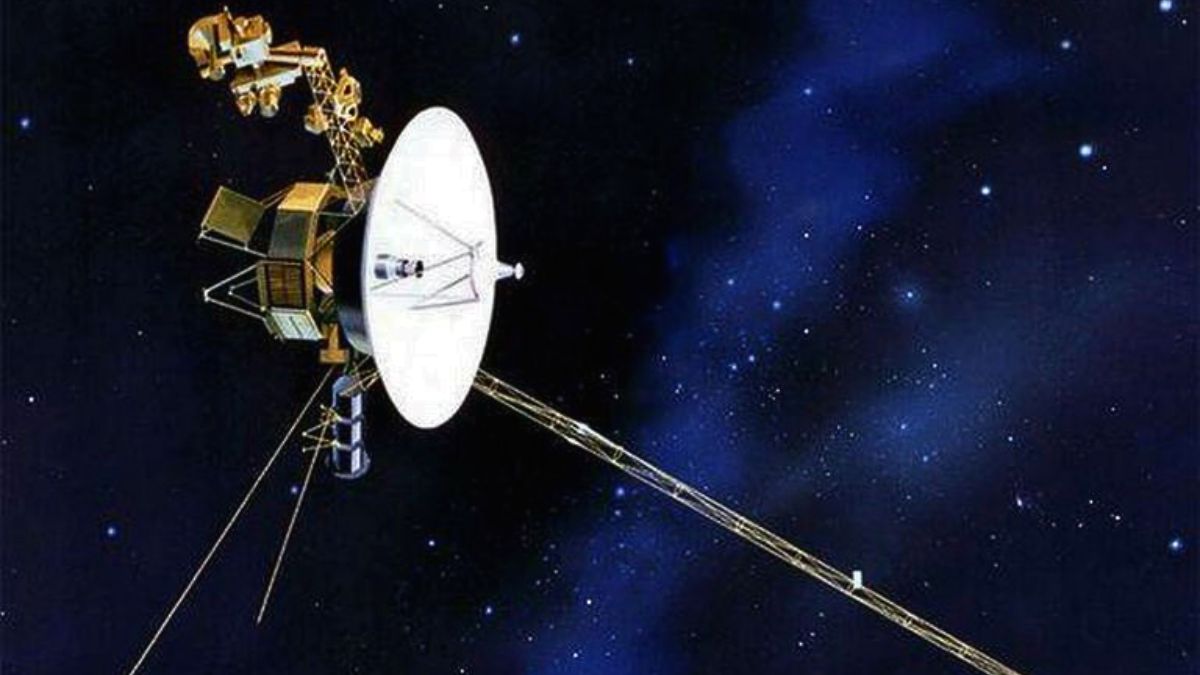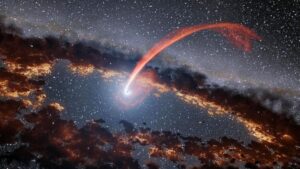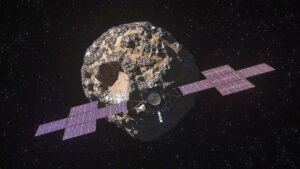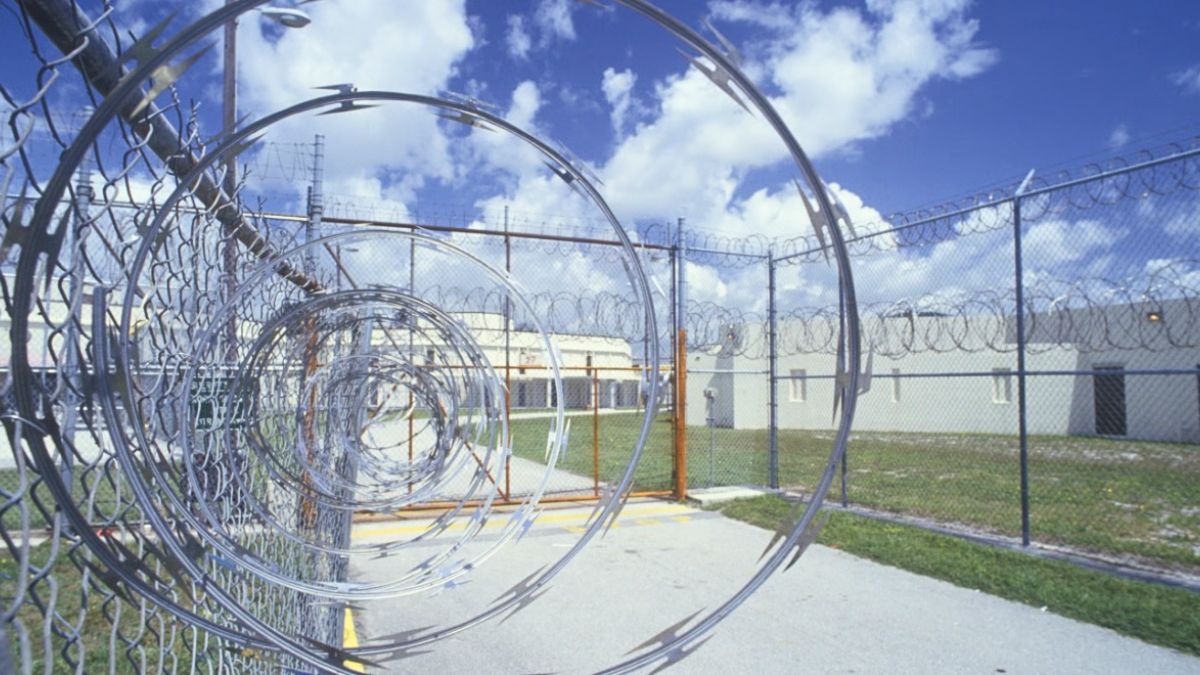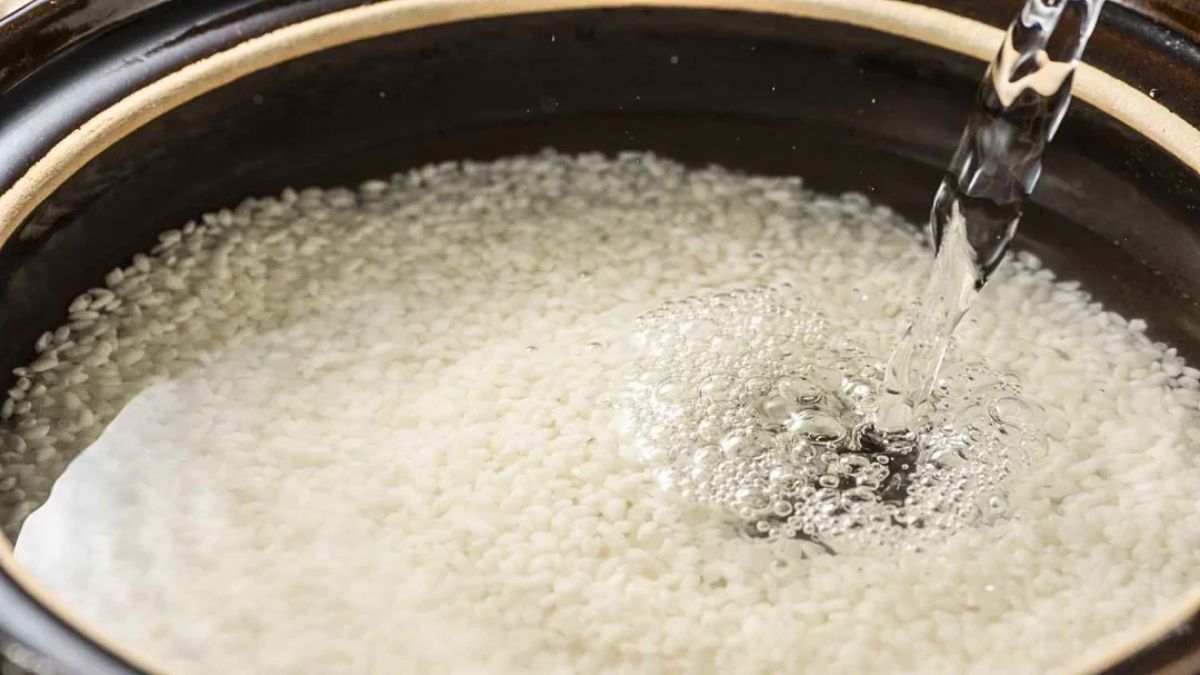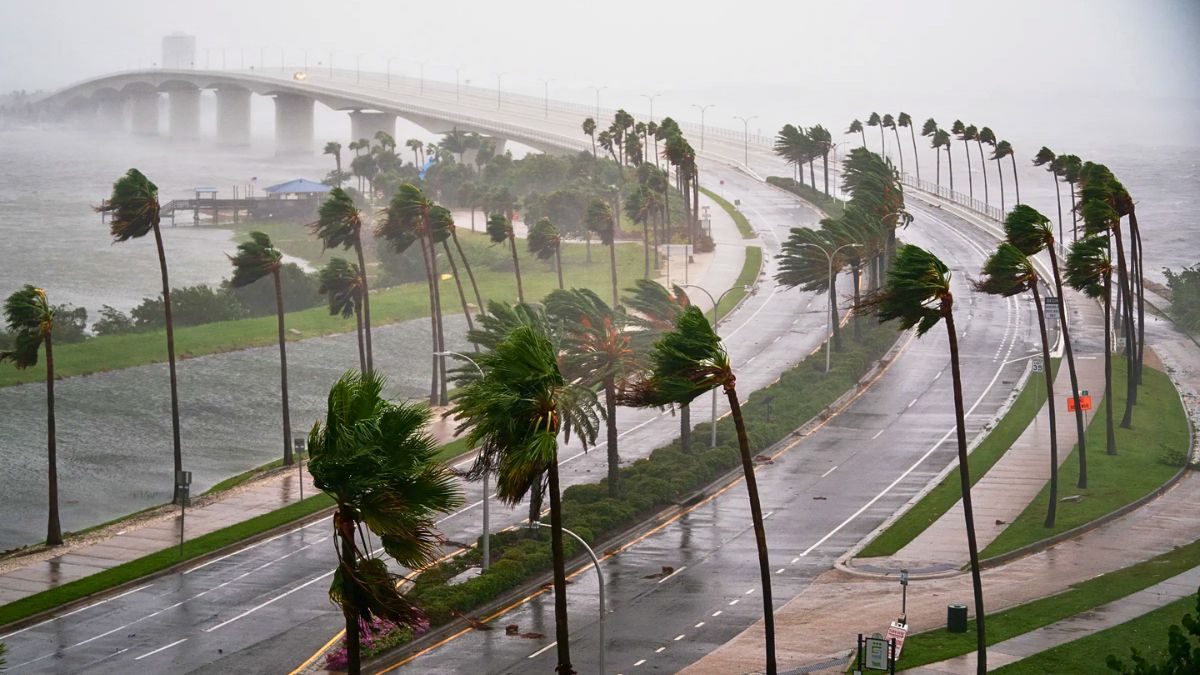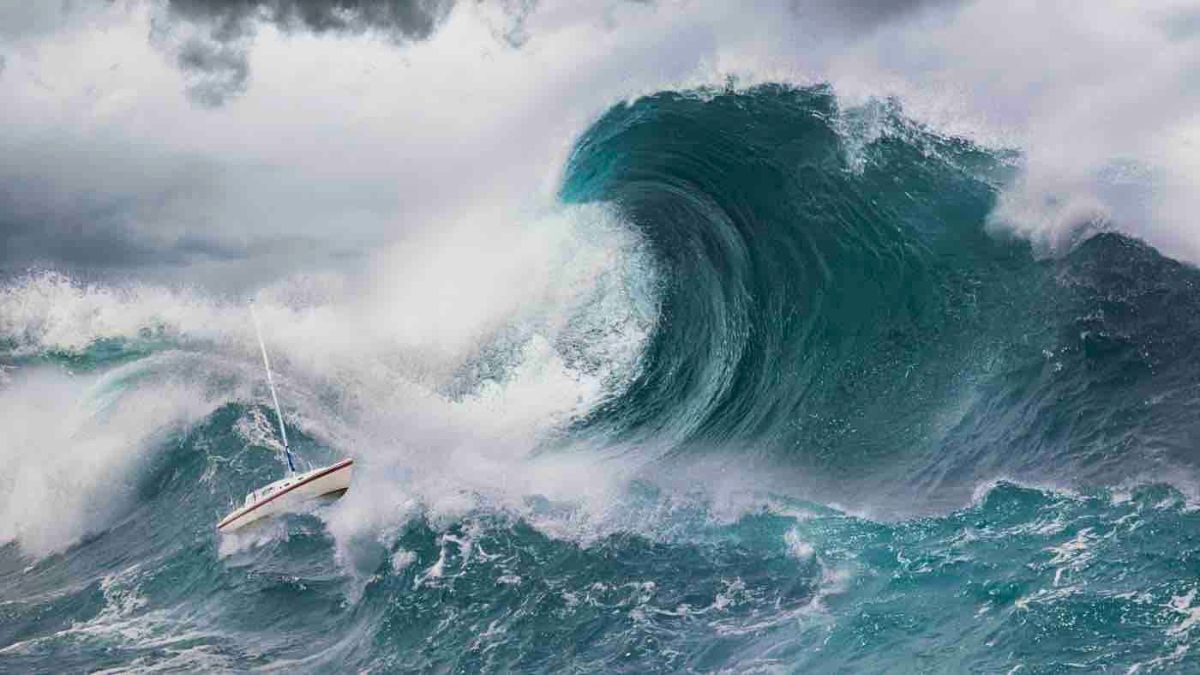Voyager 1 and Voyager 2 are doing something no other spacecraft has ever done. These two NASA probes have been flying through space for over 40 years, sending back data from the most distant parts of our solar system—and now even beyond. Their latest discovery? A strange, super-hot region that scientists are calling a “firewall.” Sounds wild, right? Let’s cut into this fascinating journey and what it means for all of us.
Voyager
Launched in 1977, Voyager 1 and 2 were built to explore the outer planets and eventually reach the edge of the solar system. Back then, the world was still figuring out how to use the internet and listening to music on cassette tapes. Yet NASA was already looking far beyond the stars.
Both spacecraft carry golden records with sounds and images from Earth, just in case they are ever found by other life forms. But what makes them amazing is that they’re still working, still flying, and still discovering things even now, decades later.
Border
So where does our solar system actually end? That’s been a tough question for scientists. Some say it ends after Neptune, the last major planet. Others believe it stretches out to the Oort Cloud—a region of icy comets very far away.
NASA, however, uses the heliopause as the official boundary. This is the area where the Sun’s solar wind loses its strength and can no longer push against space. You can picture it like a giant bubble around our solar system. The edge of that bubble? That’s the heliopause. And once the Voyagers crossed it, they entered what’s called interstellar space.
Firewall
Here’s where things get really exciting. After crossing the heliopause, the probes detected a region with extremely high temperatures—between 54,000 and 90,000 degrees Fahrenheit. Scientists started calling this region the “firewall.”
Now, you might wonder, how didn’t the spacecraft melt? The answer is that this “firewall” isn’t fire like we know it. It’s made up of super-energetic particles spread so far apart that they don’t create a burning flame. Instead, they just pack a lot of heat energy.
This area had never been studied before, and its discovery raised a lot of eyebrows in the scientific world.
Mystery
After moving through the firewall, both Voyager probes began measuring the magnetic field in interstellar space. Surprisingly, the field looked like it was still connected to the Sun’s magnetic influence—something scientists didn’t expect. Up until then, it was thought that interstellar space and the solar system were completely separate.
This opens up big questions:
- Is space more connected than we think?
- Does the Sun’s power reach farther than believed?
- Are there hidden structures in the galaxy’s magnetic field we haven’t discovered yet?
Thanks to Voyager, science now has more questions than answers—which is a good thing when you’re exploring the unknown.
Legacy
You might think all this is too far away to matter here on Earth. But everything in space is connected to us. These discoveries could help us understand radiation, space travel, and even protect future astronauts.
The Voyagers have traveled more than 2 billion kilometers and are still working. Think about that. These small, 1970s-era spacecraft are out there alone, looking into a part of space no human or machine has ever been before.
And they’re still teaching us. That’s pretty incredible.
FAQs
What are Voyager 1 and 2?
They are NASA space probes launched in 1977 to explore deep space.
What is the heliopause?
It’s the boundary where the Sun’s influence ends.
What is the firewall they found?
A super-hot area filled with energetic particles beyond the heliopause.
Did the firewall burn the probes?
No, the particles are spread out, so the heat doesn’t destroy the probes.
Why are the Voyagers important?
They send data from interstellar space, helping us understand the universe.

